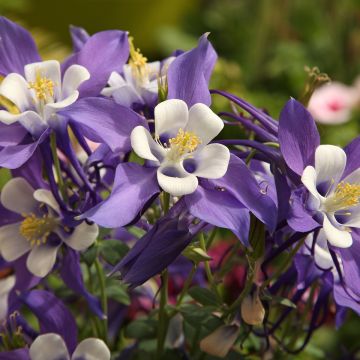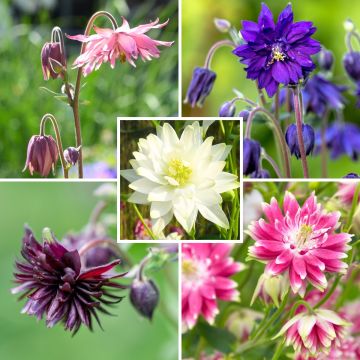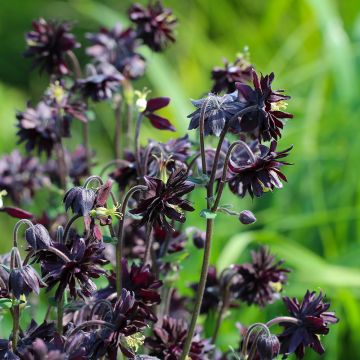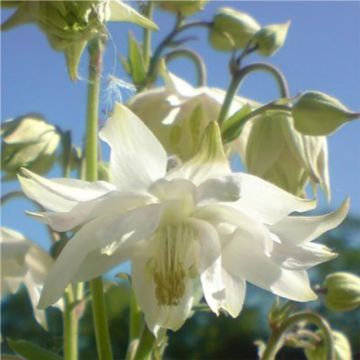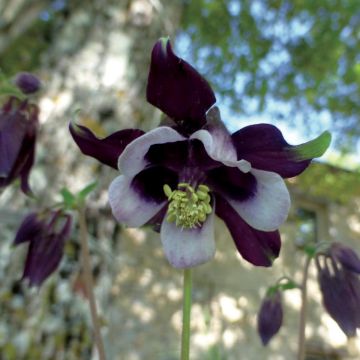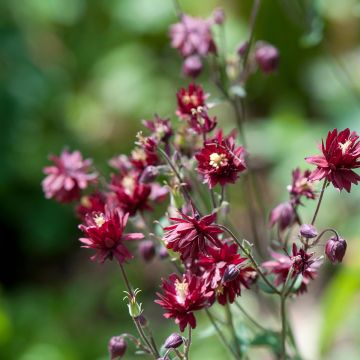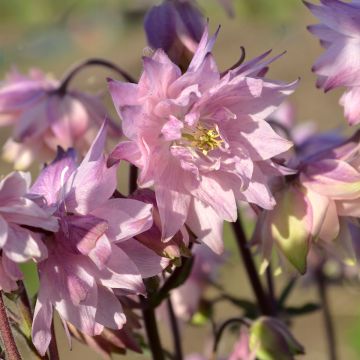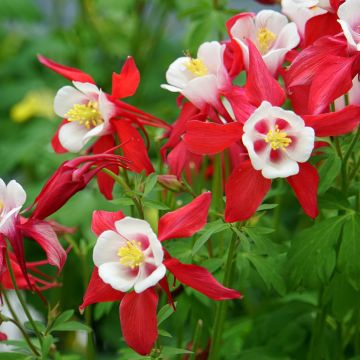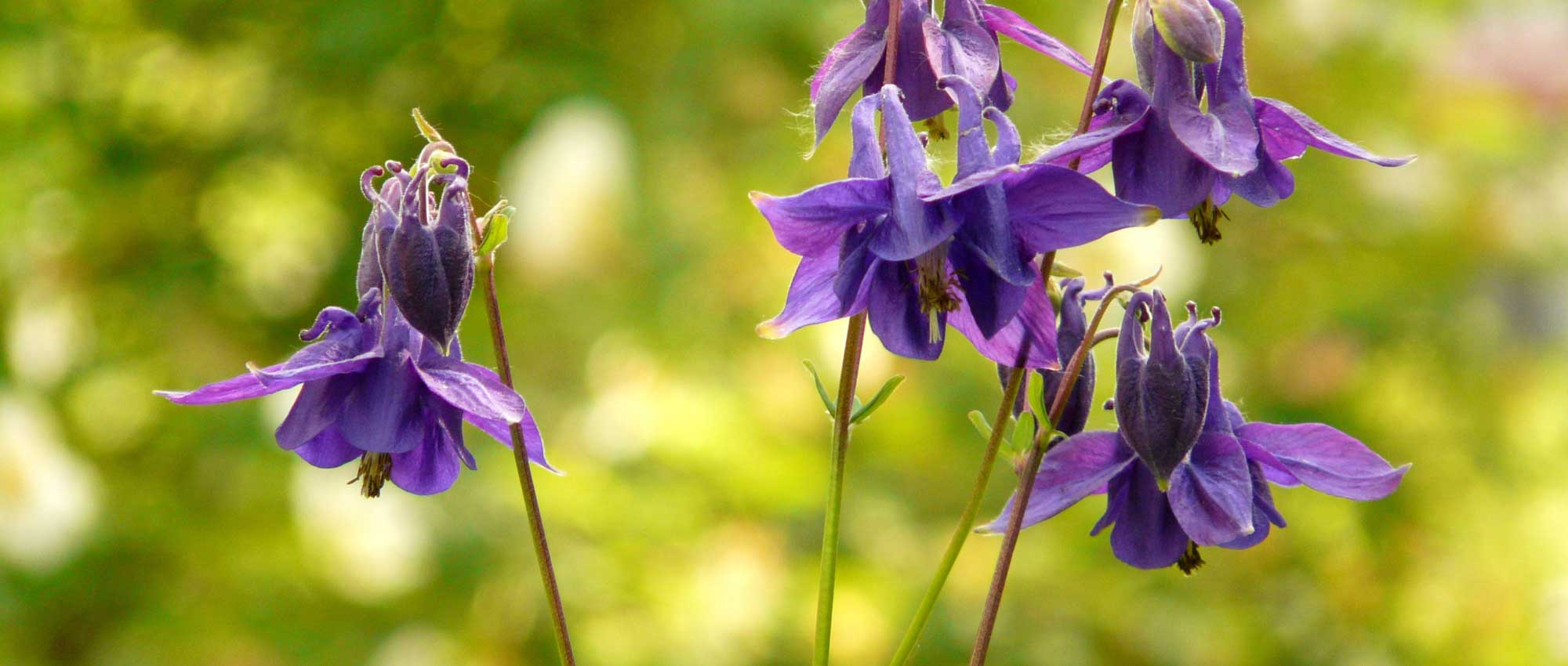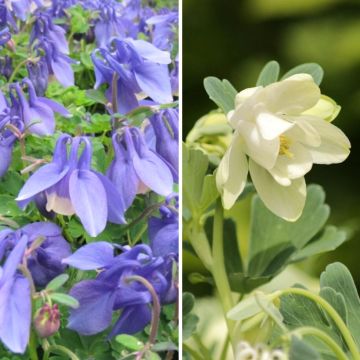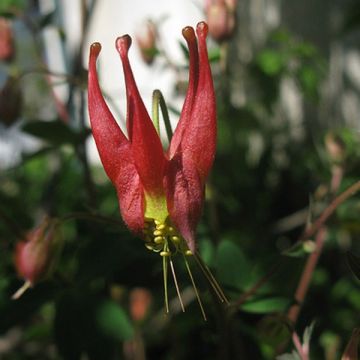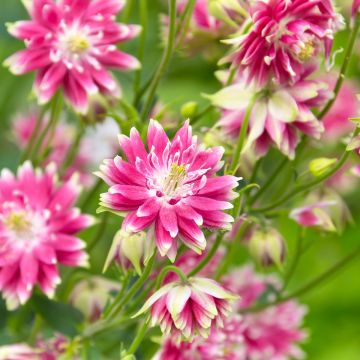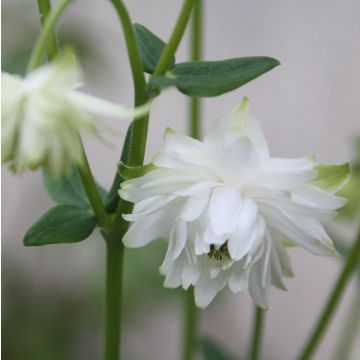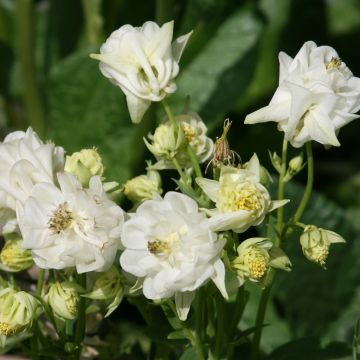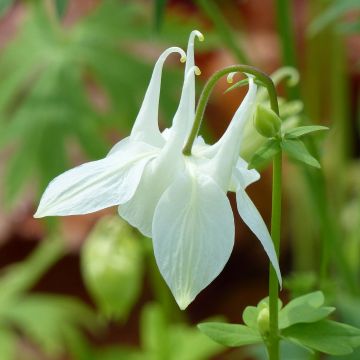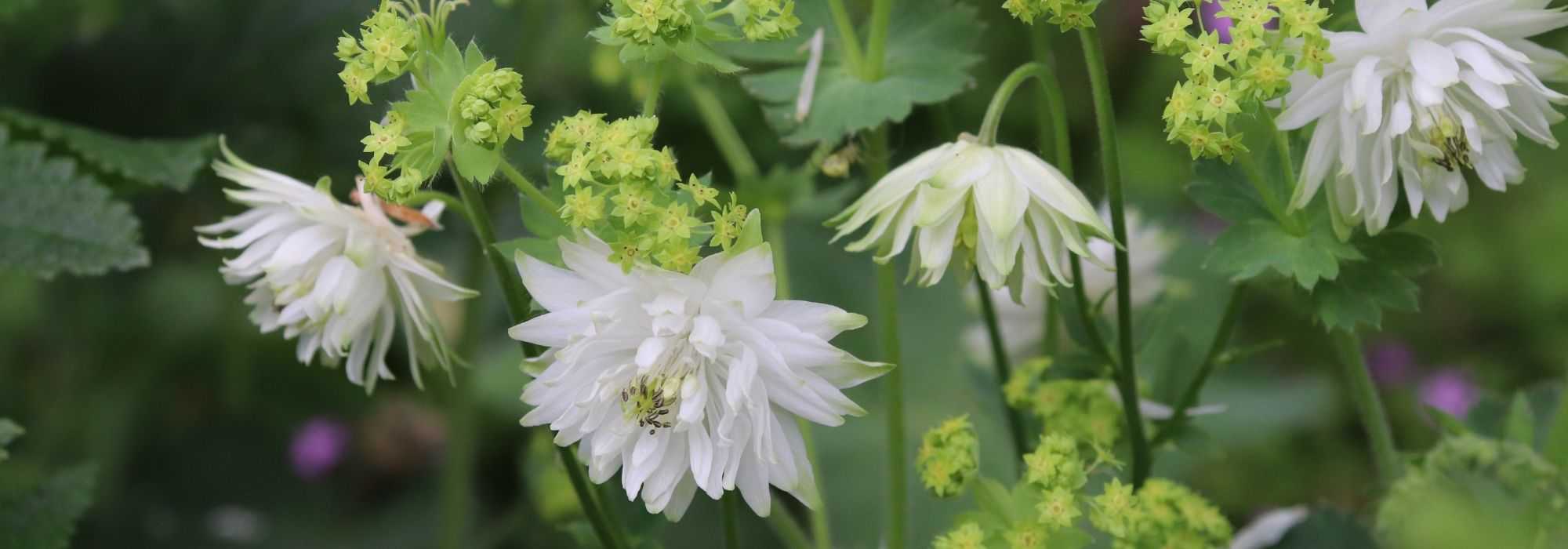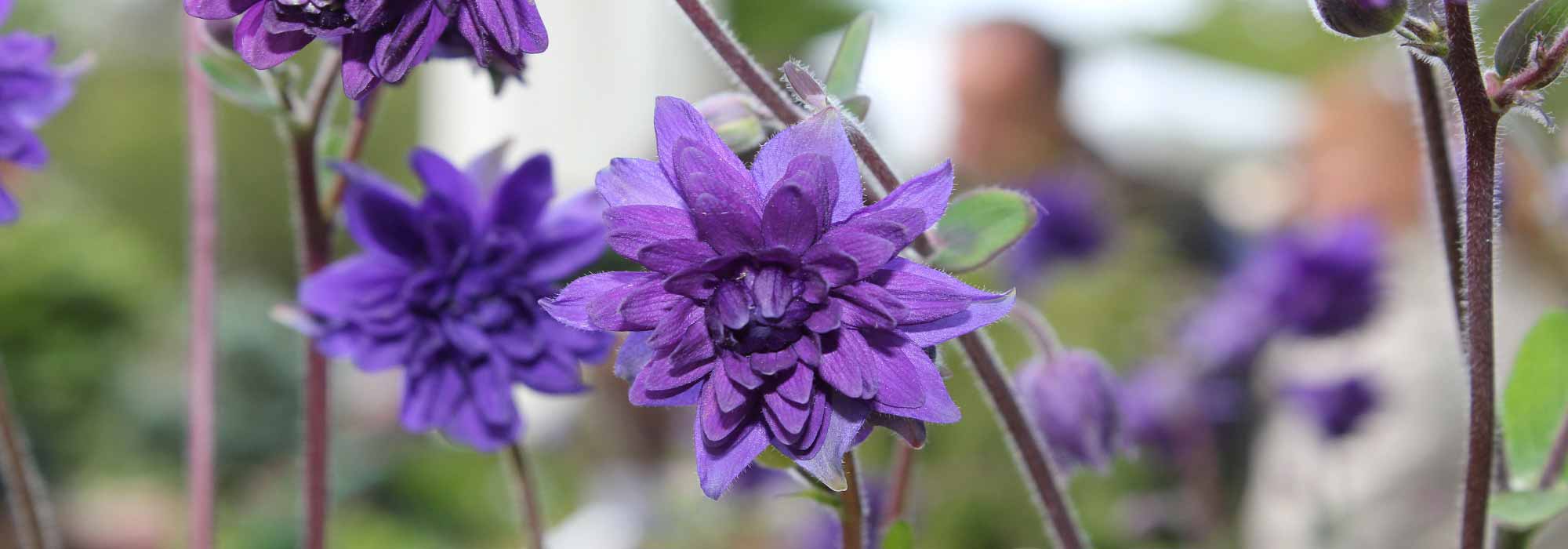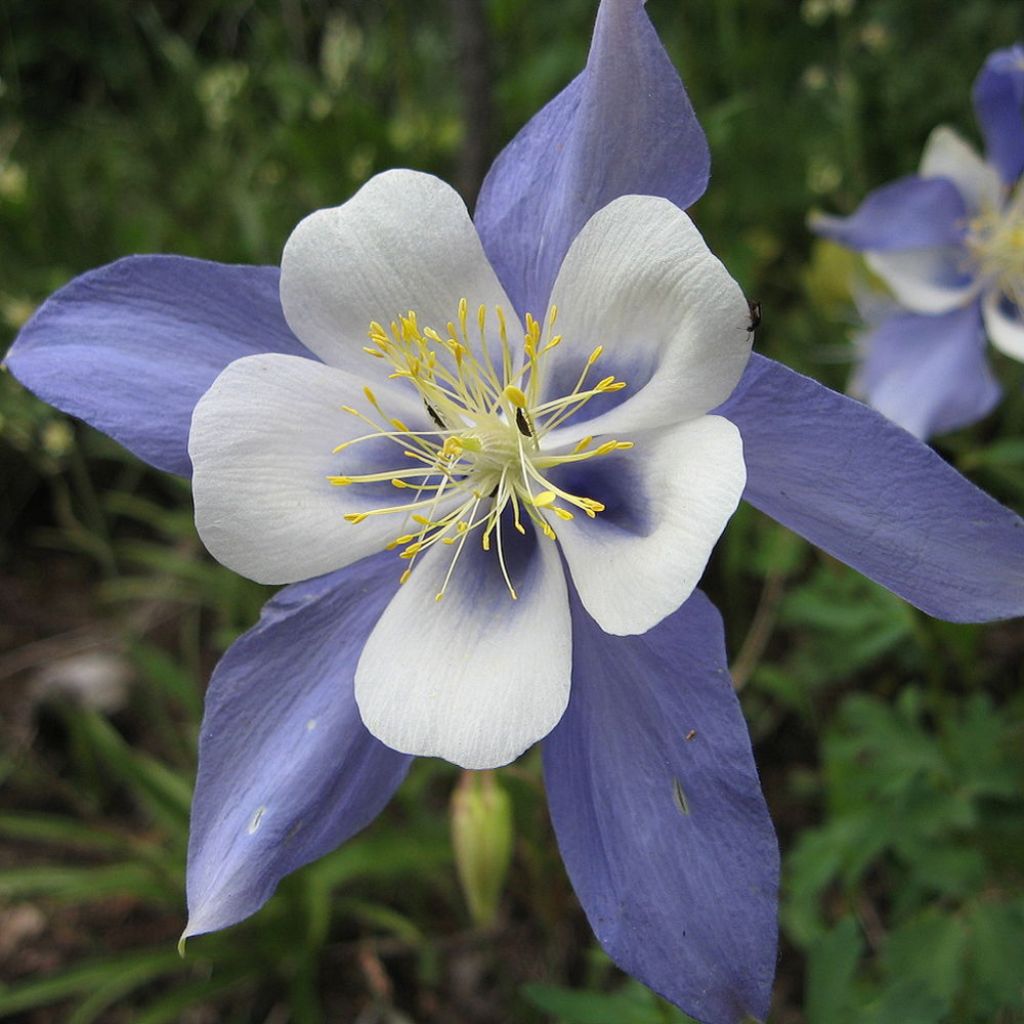

Aquilegia sibirica - Columbine


Aquilegia sibirica - Columbine
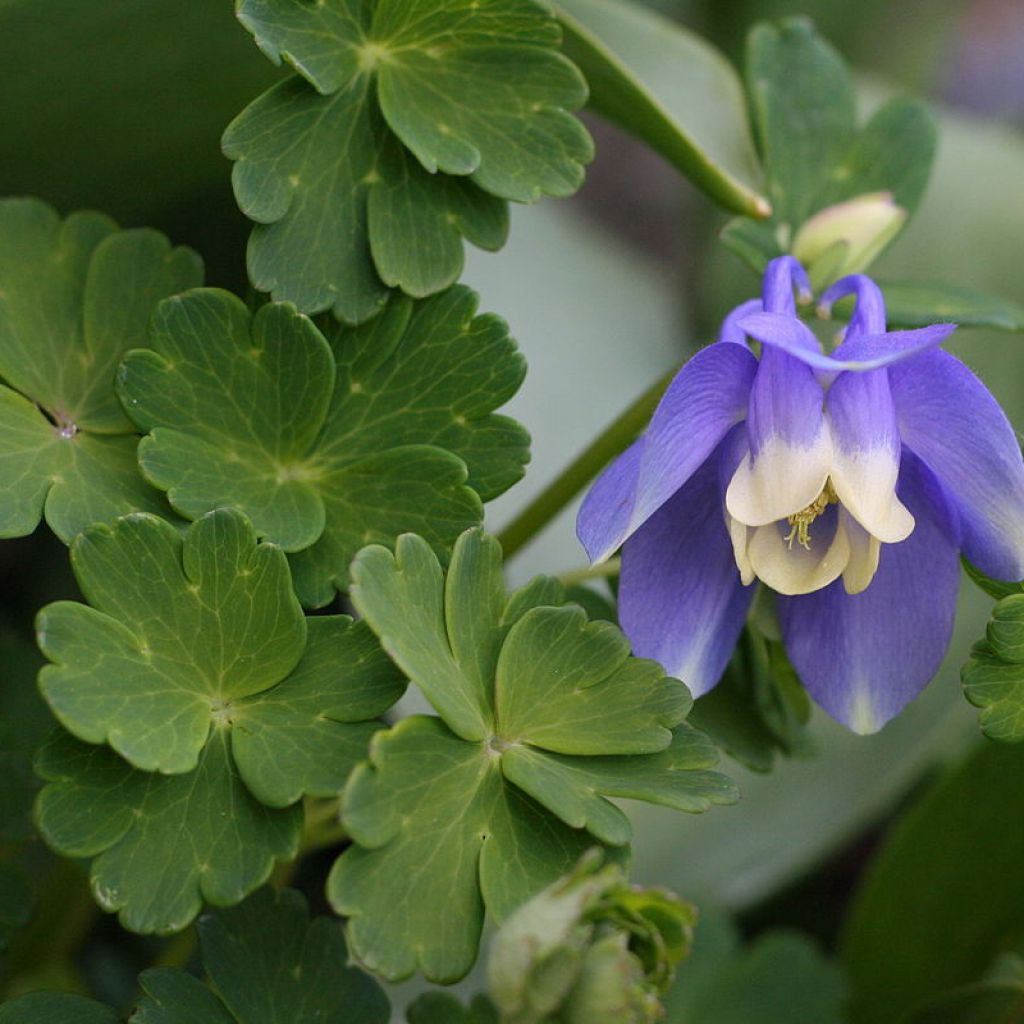

Aquilegia sibirica - Columbine
Aquilegia sibirica - Columbine
Aquilegia sibirica
Columbine
Sowed, but nothing came up. Shame.
Sylvain , 16/09/2024
Special offer!
Receive a €20 voucher for any order over €90 (excluding delivery costs, credit notes, and plastic-free options)!
1- Add your favorite plants to your cart.
2- Once you have reached €90, confirm your order (you can even choose the delivery date!).
3- As soon as your order is shipped, you will receive an email containing your voucher code, valid for 3 months (90 days).
Your voucher is unique and can only be used once, for any order with a minimum value of €20, excluding delivery costs.
Can be combined with other current offers, non-divisible and non-refundable.
Why not try an alternative variety in stock?
View all →This plant carries a 12 months recovery warranty
More information
We guarantee the quality of our plants for a full growing cycle, and will replace at our expense any plant that fails to recover under normal climatic and planting conditions.
Would this plant suit my garden?
Set up your Plantfit profile →
Description
Aquilegia sibirica, also known as Columbine, is a rare wild species in cultivation, which flowers in the temperate mountains of Asia, not far from watercourses. In late spring and summer, it displays two-tone flowers, with porcelain blue touched with pale white and yellow, slightly incurved. The delicate flower stems emerge from a lovely clump of grey-green dissected foliage. It is a very hardy perennial plant, suitable for alpine rockeries.
Aquilegia sibirica is a perennial plant of the Ranunculaceae family. Its distribution range extends from Kazakhstan to Siberia, Mongolia, and western China. In the wild, it is found between 1600 and 2000 meters (5249 and 6562 feet) above sea level, on stream banks. Its cultivation requirements are clear: it prefers alpine climates, dislikes heatwaves, and likes slightly moist but well-drained soils. It is a rhizomatous perennial plant that forms clumps measuring about 40 cm (16in) in height. The foliage emerges in spring. The leaves are biternate, compound with 3 kidney-shaped leaflets, measuring up to 5 cm (2in) wide, with a hairy underside. Flowering occurs from June to July, sometimes a little earlier depending on the climate. The 4 cm (2in) diameter flowers consist of blue petals washed with white and bordered with pale yellow, and mauve-blue sepals with short incurved spurs at the base. They are grouped in terminal cymes of 2 to 4 on upright flower stems. The above-ground vegetation is deciduous and absent in winter.
This columbine will delight collectors of alpine plants and enthusiasts of rare botanical species. Despite its excellent hardiness, this Aquilegia may not be the easiest to cultivate: sufficient moisture is required from spring to early summer, but the soil should be drier from late summer until autumn. Its roots also dislike freezing and waterlogged soils in winter. In a cool but sunny rockery, you can cultivate it with other alpine plants, such as alpine gentian or edelweiss, for example.
Aquilegia sibirica - Columbine in pictures
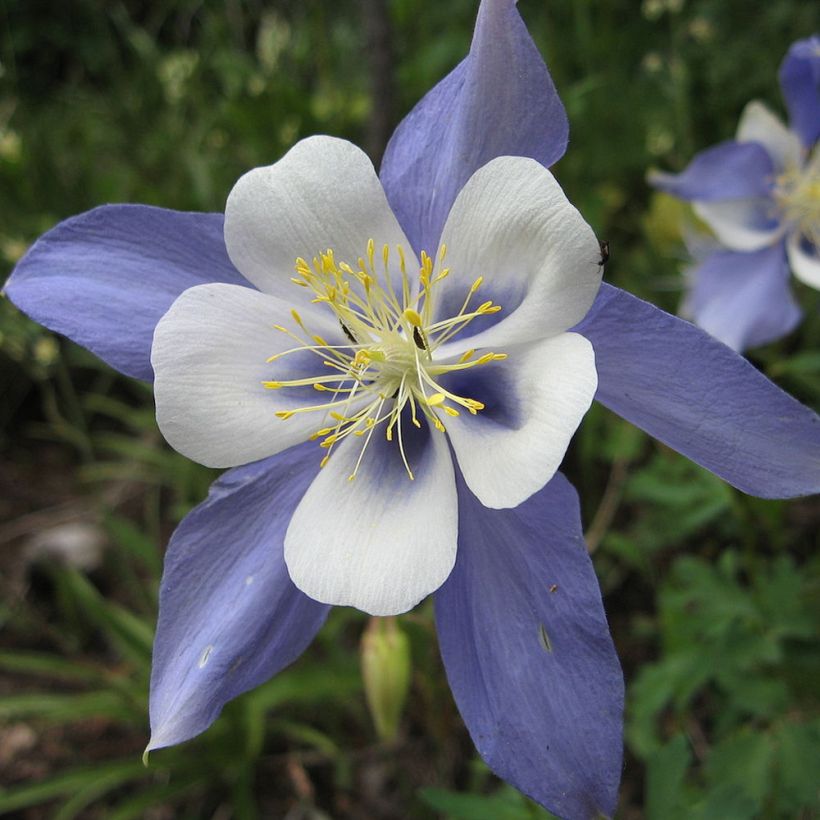

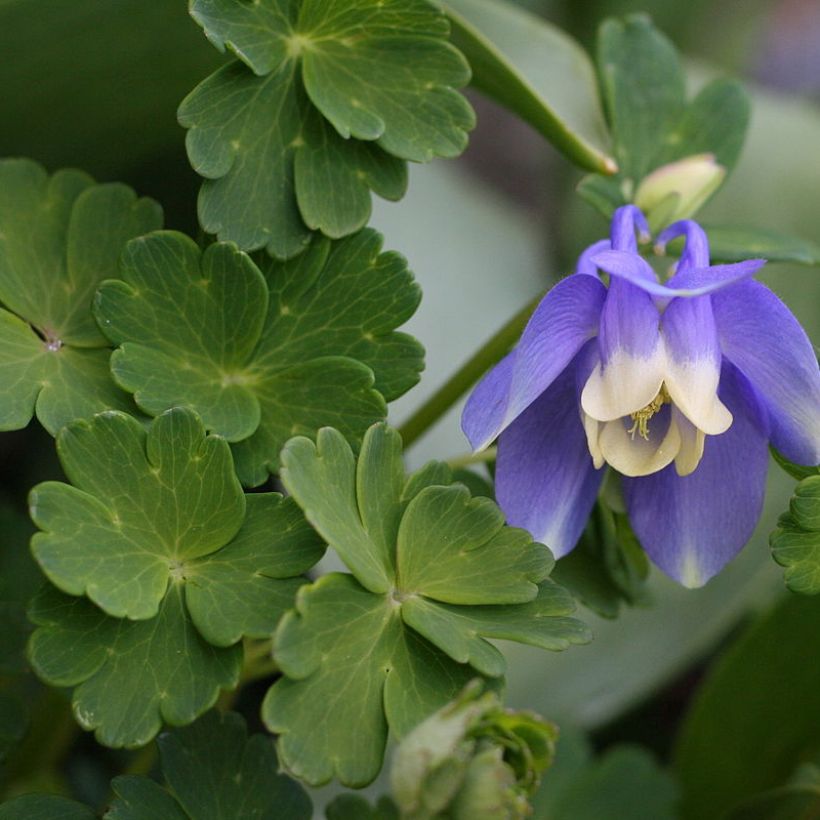

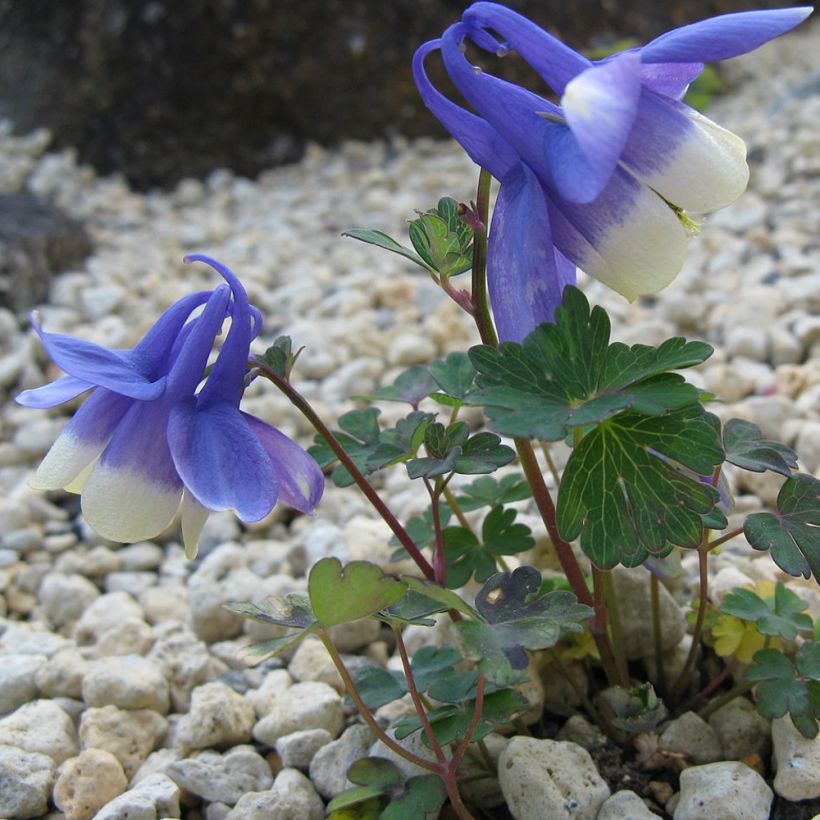

Flowering
Foliage
Plant habit
Botanical data
Aquilegia
sibirica
Ranunculaceae
Columbine
Cultivar or hybrid
Other Aquilegia
View all →Planting and care
Aquilegia sibirica requires conditions in the garden that tend to recreate its natural habitat. It is a perennial plant accustomed to rigorous climates, short and cool summers, winters under a protective snowy coat, and experiencing snowmelt. When planting, it will be necessary to install it in soil enriched with compost, gravel, and humus soil. Well-drained soil, moist to wet between spring and early summer, is essential. On the other hand, the soil should be drier in late summer and autumn. It is also preferable to place a mulch of at least 2 cm (1in), in the form of small stones around its base, in order to keep its collar dry and maintain soil moisture. In spring, a supply of fertiliser such as well-decomposed manure will be welcome. A semi-shaded or morning sun exposure will be appreciated.
Planting period
Intended location
Care
Planting & care advice
-
, onOrder confirmed
Reply from on Promesse de fleurs
Haven't found what you were looking for?
Hardiness is the lowest winter temperature a plant can endure without suffering serious damage or even dying. However, hardiness is affected by location (a sheltered area, such as a patio), protection (winter cover) and soil type (hardiness is improved by well-drained soil).

Photo Sharing Terms & Conditions
In order to encourage gardeners to interact and share their experiences, Promesse de fleurs offers various media enabling content to be uploaded onto its Site - in particular via the ‘Photo sharing’ module.
The User agrees to refrain from:
- Posting any content that is illegal, prejudicial, insulting, racist, inciteful to hatred, revisionist, contrary to public decency, that infringes on privacy or on the privacy rights of third parties, in particular the publicity rights of persons and goods, intellectual property rights, or the right to privacy.
- Submitting content on behalf of a third party;
- Impersonate the identity of a third party and/or publish any personal information about a third party;
In general, the User undertakes to refrain from any unethical behaviour.
All Content (in particular text, comments, files, images, photos, videos, creative works, etc.), which may be subject to property or intellectual property rights, image or other private rights, shall remain the property of the User, subject to the limited rights granted by the terms of the licence granted by Promesse de fleurs as stated below. Users are at liberty to publish or not to publish such Content on the Site, notably via the ‘Photo Sharing’ facility, and accept that this Content shall be made public and freely accessible, notably on the Internet.
Users further acknowledge, undertake to have ,and guarantee that they hold all necessary rights and permissions to publish such material on the Site, in particular with regard to the legislation in force pertaining to any privacy, property, intellectual property, image, or contractual rights, or rights of any other nature. By publishing such Content on the Site, Users acknowledge accepting full liability as publishers of the Content within the meaning of the law, and grant Promesse de fleurs, free of charge, an inclusive, worldwide licence for the said Content for the entire duration of its publication, including all reproduction, representation, up/downloading, displaying, performing, transmission, and storage rights.
Users also grant permission for their name to be linked to the Content and accept that this link may not always be made available.
By engaging in posting material, Users consent to their Content becoming automatically accessible on the Internet, in particular on other sites and/or blogs and/or web pages of the Promesse de fleurs site, including in particular social pages and the Promesse de fleurs catalogue.
Users may secure the removal of entrusted content free of charge by issuing a simple request via our contact form.
The flowering period indicated on our website applies to countries and regions located in USDA zone 8 (France, the United Kingdom, Ireland, the Netherlands, etc.)
It will vary according to where you live:
- In zones 9 to 10 (Italy, Spain, Greece, etc.), flowering will occur about 2 to 4 weeks earlier.
- In zones 6 to 7 (Germany, Poland, Slovenia, and lower mountainous regions), flowering will be delayed by 2 to 3 weeks.
- In zone 5 (Central Europe, Scandinavia), blooming will be delayed by 3 to 5 weeks.
In temperate climates, pruning of spring-flowering shrubs (forsythia, spireas, etc.) should be done just after flowering.
Pruning of summer-flowering shrubs (Indian Lilac, Perovskia, etc.) can be done in winter or spring.
In cold regions as well as with frost-sensitive plants, avoid pruning too early when severe frosts may still occur.
The planting period indicated on our website applies to countries and regions located in USDA zone 8 (France, United Kingdom, Ireland, Netherlands).
It will vary according to where you live:
- In Mediterranean zones (Marseille, Madrid, Milan, etc.), autumn and winter are the best planting periods.
- In continental zones (Strasbourg, Munich, Vienna, etc.), delay planting by 2 to 3 weeks in spring and bring it forward by 2 to 4 weeks in autumn.
- In mountainous regions (the Alps, Pyrenees, Carpathians, etc.), it is best to plant in late spring (May-June) or late summer (August-September).
The harvesting period indicated on our website applies to countries and regions in USDA zone 8 (France, England, Ireland, the Netherlands).
In colder areas (Scandinavia, Poland, Austria...) fruit and vegetable harvests are likely to be delayed by 3-4 weeks.
In warmer areas (Italy, Spain, Greece, etc.), harvesting will probably take place earlier, depending on weather conditions.
The sowing periods indicated on our website apply to countries and regions within USDA Zone 8 (France, UK, Ireland, Netherlands).
In colder areas (Scandinavia, Poland, Austria...), delay any outdoor sowing by 3-4 weeks, or sow under glass.
In warmer climes (Italy, Spain, Greece, etc.), bring outdoor sowing forward by a few weeks.






























